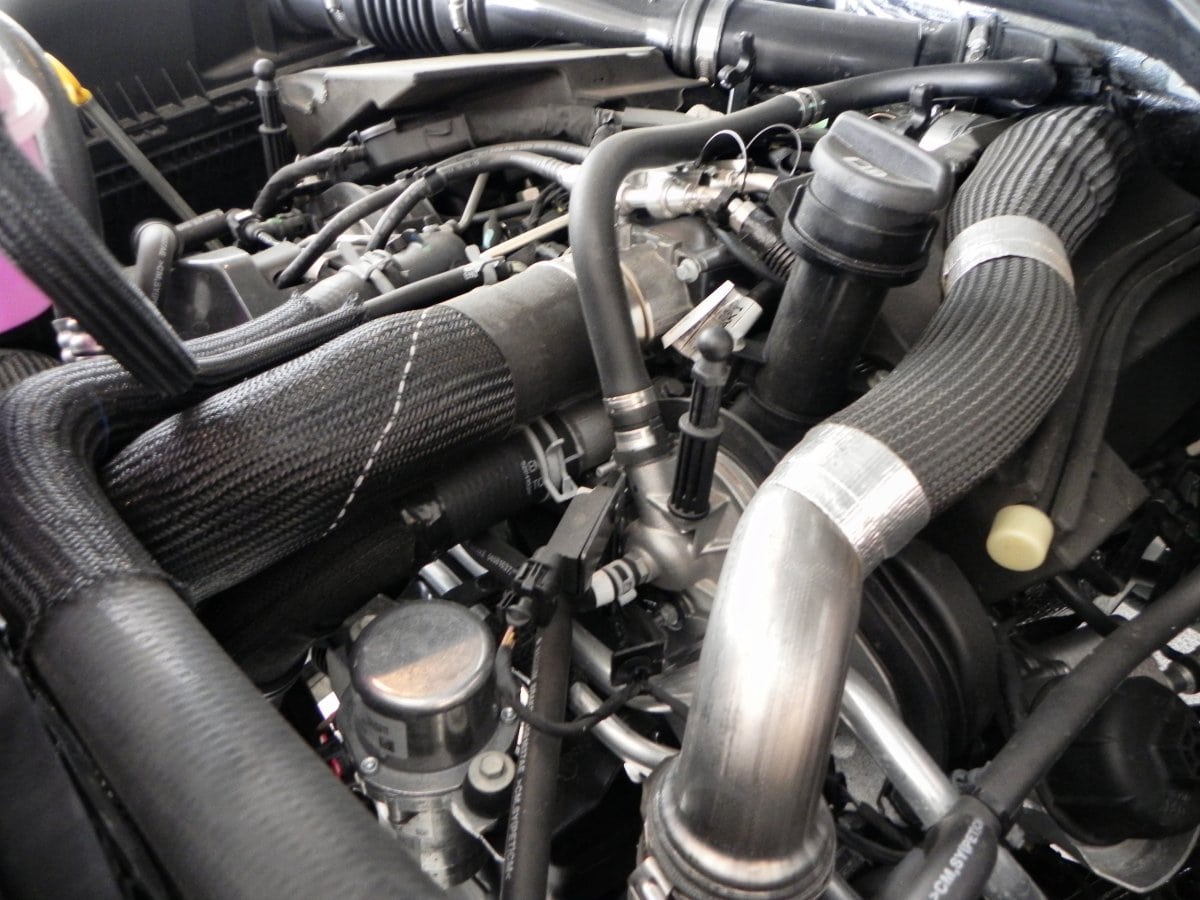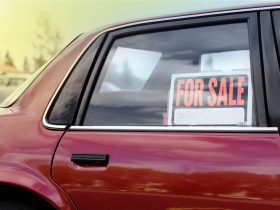When hunting for a new car, be that at a dealership or using listing pages to identify second, third or even fourth-hand sellers, it’s important to know what you’re buying. It’s not uncommon for those who know nothing about cars to walk into a deal that seems good on the surface, but will end up costing more in repairs and replacements as time goes on.
Of course, there’s nothing necessarily wrong or unintelligent about purchasing a vehicle that may need a few repairs in the future – most do. What’s most important is learning how to identify the true value of a vehicle, so that you can both browse listings with confidence, and negotiate more properly too. However, knowing the value of a vehicle isn’t necessarily only geared for saving you an untold amount of money. Knowing the worth of a vehicle can help you understand what’s best to spend on and invest in, so that when browsing cars like this Sierra for sale, you understand exactly where your money is going and why it’s well spent.
With that goal in mind, let’s get started:
Past Repairs & Work Done
It’s a good idea to get a picture of the history of the vehicle. Most times, if an owner cannot provide this, it’s encouraged to steer well clear of that purchase. Almost all owners should have the paperwork that comes with the vehicle, which should include complete servicing history including any repairs that have taken place. You can then use this information and inspect the vehicle to see if any unreported repairs have taken place, such as changes to the bodywork.
Mileage
Of course, the mileage can help determine the value of a car more and more. Odds are, a car in perfect condition but with hundreds of thousands of miles on the clock will be nearing its end. Usually, around 150,000 is the design limit of most modern cars, but with great care, a good owner could double that. It’s important to consider just what kind of mileage you’re happy with, and to what extent you’re willing to negotiate for or against that number.
Condition
It might seem that seeing the past repairs and work completed will teach you the condition of a car, but that’s not always the case. How responsive the manual gearbox is, how consistent the handling may be, how good the tyres feel to drive on, seeing if all the headlines and warning lights work, making sure that your windscreen wipers operate, and that little features, like the radio, sat nav or heated seats function can help you get a clearer picture of how the car may be. Cleanliness is not always the full indicator of how healthy a car is, but it can help. Little things, like how easy the doors are to open and close is always worth your time to check.
With this advice, we hope you can more easily identify the value of a potentially purchasable car.







